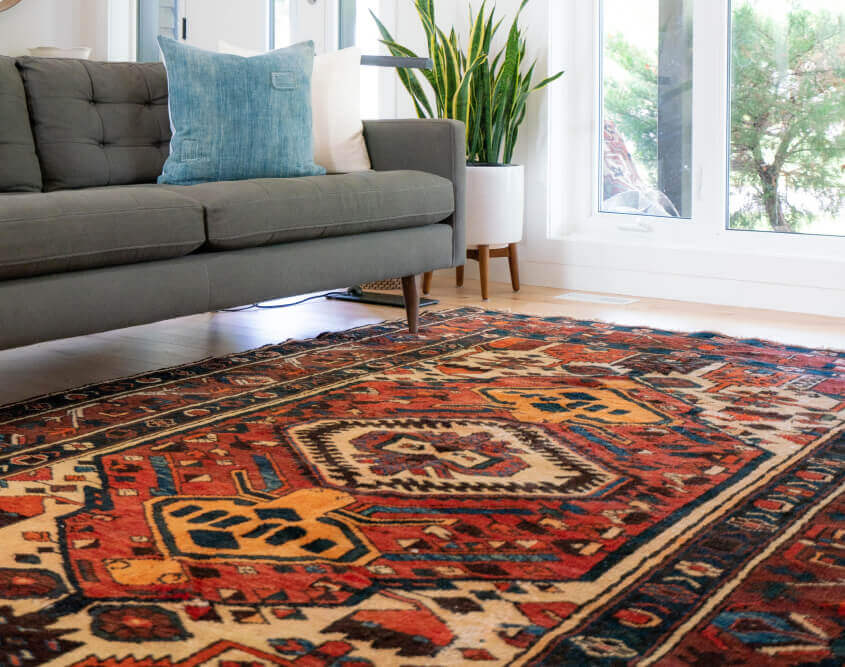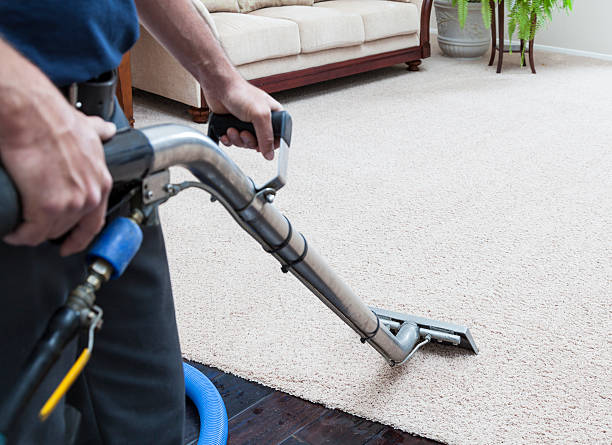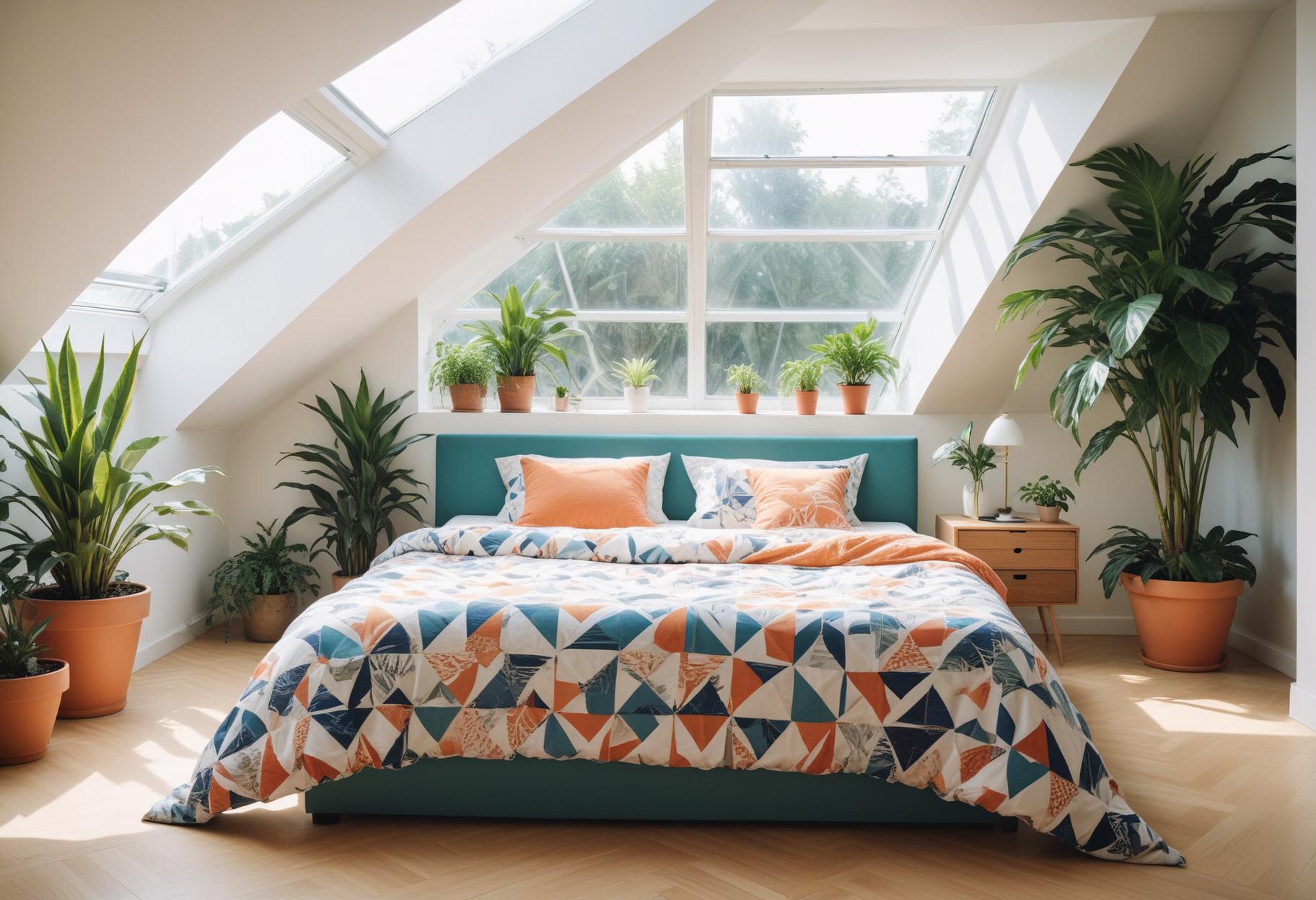Persian rugs are more than just floor coverings; they are pieces of art with rich histories and intricate designs. Whether you’re a seasoned collector or just someone looking to add a touch of elegance to your home, knowing how to identify an authentic Persian rug is crucial. From understanding the different types of Persian rugs to examining their materials and craftsmanship, several aspects must be considered. Here, we’ll learn tips and tricks to help you spot the real deal.
Understanding Persian Rugs
- Definition and Characteristics
First, let’s discuss what makes a rug a “Persian” rug. Authentic Persian rugs are hand-knotted and often made from high-quality materials like wool, silk, or cotton. They are renowned for their intricate designs and vibrant colours, which are typically achieved using natural dyes. - Historical Context
Persian rug-making is a tradition that dates back thousands of years, with each region in Iran having its unique style. Notable areas like Tabriz, Isfahan, and Kashan are known for producing some of the most exquisite rugs. Each region’s rugs have distinct characteristics, so familiarising yourself with these can help identify a rug’s origin and authenticity.
Key Indicators of Authenticity
- Material Quality
One of the first things to check is the material. Authentic Persian rugs are usually made from high-quality wool or silk. To test the material, you can gently feel the carpet. Genuine wool will feel soft and warm, while silk will be smooth and lustrous. Beware of rugs that feel too rough or overly synthetic, as these might be made from lower-quality materials. - Knot Density
The knot density, or knots per square inch (KPSI), is a critical quality indicator. Higher knot density generally means better quality and more intricate designs. To check this, turn the rug over and look at the back. Count the knots in a small area and multiply for an estimate per square inch. Authentic Persian rugs can have anywhere from 120 to over 800 knots per square inch. - Design and Patterns
Persian rugs are famous for their detailed and intricate patterns. Common motifs include floral designs, medallions, and geometric shapes. Each region has signature patterns, so learning these can help identify where a rug was made. For example, Tabriz rugs often feature symmetrical patterns and elaborate floral designs, while Qashqai rugs are known for their vibrant, geometric motifs. - Colour and Dyes
The colours of an authentic Persian rug are usually achieved using natural dyes, which tend to age beautifully over time. You can gently rub a damp white cloth on the rug to test for natural dyes. If the colour transfers easily, it might be a sign of synthetic dyes. Natural dyes are generally more colourfast and will not bleed as much.
Examination Techniques
- Back of the Rug
Examining the back is one of the best ways to determine if a rug is hand-knotted. In a hand-knotted rug, you will see the individual knots, and the pattern will be almost as evident on the back as on the front. On the other hand, machine-made rugs often have a grid-like appearance on the back, and the design might look less distinct. - Edge and Fringe Analysis
Look at the edges and fringes of the rug. In authentic hand-knotted rugs, the fringes are an extension of the warp threads and are part of the rug’s structure. If the fringes are sewn or glued on, it’s likely not an authentic Persian rug. - Wear and Aging Signs
Natural wear and aging can add to the character of a Persian rug. Genuine antique rugs will show signs of wear, especially in high-traffic areas, but this wear should look natural and not forced. Be wary of rugs that look artificially distressed to mimic an antique appearance.
Authentication and Appraisal
- Professional Appraisal
Consider getting a professional appraisal if you’re serious about buying an authentic Persian rug. Experts can provide detailed information about the rug’s origin, age, and value. This can be particularly useful for purchasing a high-value or antique rug. - Reputable Dealers
Always buy from reputable dealers who specialise in Persian rugs from Melbourne shops. Established dealers are more likely to offer authentic products and provide guarantees. They should also be transparent about the rug’s history and origin.
Common Myths and Misconceptions
- Handmade vs. Machine-made
One common misconception is that all handmade rugs are of high quality. While many are, there are also poorly made handmade rugs. Other factors like materials, knot density, and craftsmanship must also be considered. - Age and Value
Another myth is that older rugs are always more valuable. While antique rugs can be helpful, their condition, craftsmanship, and rarity also play significant roles in determining value. A well-made newer rug can be more valuable than a poorly maintained antique.
Conclusion:
Identifying an authentic Persian rug requires knowledge and a keen eye for detail. You can make a more informed decision by understanding the materials, knot density, design patterns, and dye quality. Always take the time to scrutinise the rug, and don’t hesitate to seek a professional appraisal. Remember, authentic Persian rugs are beautiful additions to your home and investments that can last for generations. So, whether you’re admiring the intricate designs of Tabriz rugs or the vibrant colours of Qashqai rugs, you’ll be able to appreciate the artistry and craftsmanship that goes into each piece.




